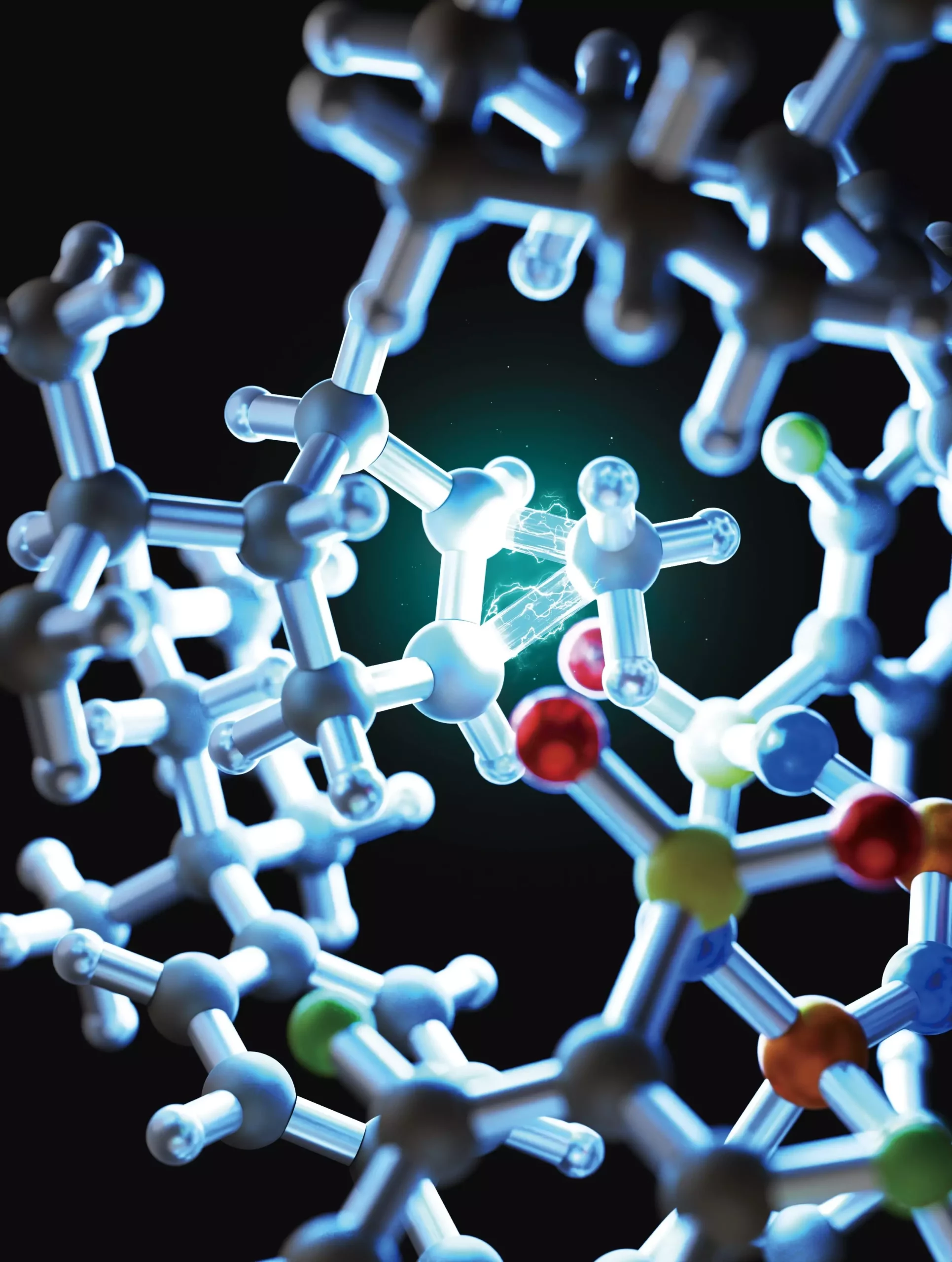Alkanes, saturated hydrocarbons primarily found in fossil fuels, form an essential foundation for numerous industries due to their role as a source of energy and raw materials. From their incorporation in the production of plastics, solvents, and lubricants to their use as intermediates in synthesizing medications, alkanes are ubiquitous in modern chemical applications. However, their potential remains largely untapped, primarily due to the inherent stability and inertness of their carbon-carbon bonds. This stability poses a considerable challenge to chemists aiming to convert alkanes into more reactive, valuable compounds. As the need for sustainable and efficient chemical processes grows, finding ways to activate and utilize alkanes effectively has become increasingly crucial.
The activation of long-chain alkanes traditionally involves methods like cracking, which often lead to complex mixtures of products. This lack of selectivity complicates the task of isolating desired compounds for further applications. At the heart of this issue lies the formation of reactive intermediates, such as carbonium ions. These intermediates defy conventional descriptions of carbocations due to their unusual bonding structures, resulting in highly reactive and uncontrollable species. Consequently, chemists have sought alternative pathways to efficiently transform alkanes, with a focus on cyclopropanes—a specific subclass of alkanes that display greater reactivity due to their cyclic structure.
A breakthrough emerged from Hokkaido University in Japan, where researchers devised a new method to activate alkanes, specifically cyclopropanes, using confined chiral Brønsted acids, known as imidodiphosphorimidates (IDPis). Published in the journal Science, their study indicated that these strong acids could stabilize the unique, transient structures generated during the activation process, ultimately enhancing the efficiency of alkane conversion. By carefully manipulating the reaction environment, the team was able to leverage the inherent reactivity of cyclopropanes and guide their fragmentation into more useful alkenes, while maintaining high selectivity and minimizing unwanted byproducts.
One of the most significant contributions of this research lies in the precision it offers. The concept of stereoselectivity, critical in pharmaceutical development, hinges on the ability to control the spatial arrangement of atoms in a molecule. The researchers’ approach ensures that the resulting products are not just variations of alkenes, but specifically organized structures with desired functional properties. This precise control could revolutionize how chemicals are synthesized, enabling the development of targeted compounds that are crucial in the formulation of effective therapeutics.
The team, led by Professor Benjamin List and Associate Professor Nobuya Tsuji, undertook a systematic refinement of their catalyst’s structure to achieve higher yields and specific molecular arrangements. By utilizing advanced computational simulations, they gained insights into how their acid catalysts interact with cyclopropanes during reactions. This understanding facilitated the steering of the reaction toward optimal outcomes, significantly enhancing both the efficiency and quality of the produced chemicals.
Broader Implications for the Chemical Industry
The implications of this study extend well beyond cyclopropanes. The researchers demonstrated their technique on a range of compounds, showcasing its versatility in converting not just simple hydrocarbons, but intricate molecular structures into valuable products. This advancement opens new doors for the chemical industry, providing a scalable method for converting abundant hydrocarbon resources into specialized chemicals. As industries strive for greater efficiency and sustainability, the ability to create high-value products from everyday alkanes could represent a significant leap forward.
As the quest for efficient chemical synthesis continues, this innovative method developed by the team at Hokkaido University paves the way for future research into alkane activation. By refining our understanding of reaction mechanisms and catalyst interactions, chemists are better positioned to harness the latent potential of these abundant materials. This exciting development holds the promise not only of advancing industrial processes but also of contributing significantly to the fields of pharmaceuticals and advanced materials, helping to meet global challenges in sustainability and resource utilization.


Leave a Reply